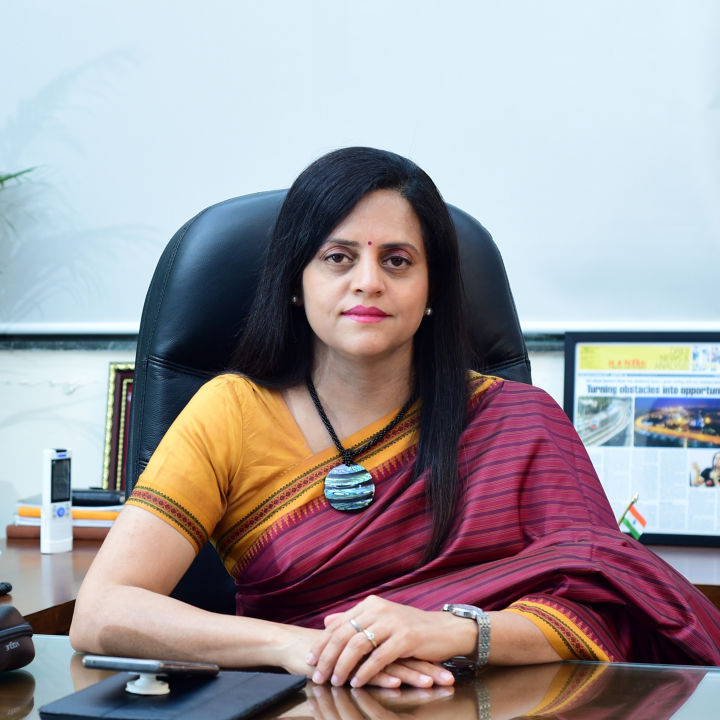Big cities often grapple with the challenge of efficiently moving large numbers of people. In this episode of the Flow of Urban Life Podcast, Ashwini Bhide sheds light on transforming a city's mobility landscape and the role technology plays in modernizing mass transit.

In bustling Mumbai, a metamorphosis is underway. Despite its efficiency, the current transit system is overwhelmed and overcrowded. The city's response involves laying down metro lines to ensure safe, comfortable, and efficient commuting. The benefits are multi-faceted, including reducing congestion and pollution, as well as boosting economic activity in the area.
Additional commissioner of the Municipal Corporation of Greater Mumbai and managing director of the Mumbai Metro Rail Corporation (MMRC), Ashwini Bhide is heading Mumbai’s Metro expansion project. She predicts that once completed, the additional transit capacity of the 360-kilometer network will serve over 10 million commuters. Incorporating last-mile connectivity, this new sustainable and interconnected network will eliminate the need for extra transport modes, fostering new business centers, and enhancing the city's pedestrian infrastructure.
“This will give (Mumbai) opportunities to have more open spaces, increasing livability and walkability. This new age of transport would lead to more transit-oriented development in a different way.”
Preserving heritage structures and managing the expectations of inconvenienced citizens are two of the big challenges during the construction phase. Bhide acknowledges that large-scale urban projects inevitably disrupt communities and are often met with initial opposition. To address these challenges and promote commuter buy-in, she emphasizes the importance of transparent communication, community engagement and rehabilitation.
“During construction, people get displaced in Mumbai because of scarcity of land. There are multiple claimants on a single piece of land, so even if it is meant for a particular objective, people squat on those lands as they need space for housing. They (need to) get rehabilitated, there is a (government-promoted) scheme for housing them.”
Harnessing technology and innovation in urban mobility
Ashwini Bhide says Artificial Intelligence (AI) and data analytics are crucial tools used to transform the city's mass mobility landscape. She cites the example of how AI and data analytics helped the city ride out the COVID-19 crisis.
Women’s workforce participation is directly linked to safe and convenient transportation.
“We did a lot of projections about what kind of facilities would be required, and we were fully prepared. Mumbai was always ahead of the curve despite having such a huge population density and so many people living in slums.”
Equitable development takes center stage in the city's transit agenda, with comprehensive measures aimed at fostering a gender-inclusive environment. She says women’s participation in the workforce is directly linked to safe and convenient transportation. The incorporation of amenities such as escalators, lifts, and diaper-changing facilities underscores the city’s commitment to gender inclusivity. The aim is also to engage commuters in the development project.
“Using video analytics, we could try to capture their aspirations and their expectations from this new transport system, and we would like to incorporate all those features in our operations.”


